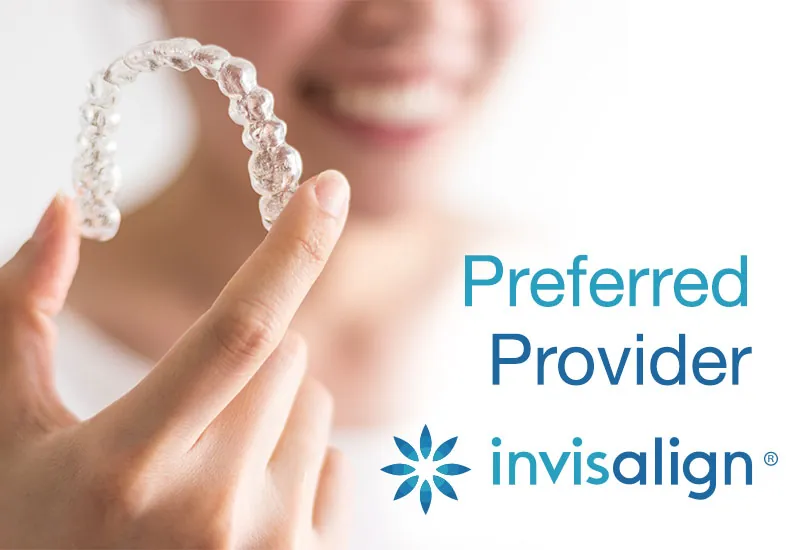If you have issues consuming foods or beverages that are hot or cold or even sweet there is the possibility you might have a cavity. If you’ve never had a cavity repaired before you might have some concerns. The good news is that when it comes to dental fillings you don’t need to worry. These are a standard dental procedure that we do regularly.
The first thing that will be done is that you will receive anesthetic to numb the area. The tooth will be isolated so that you won’t have to worry about the surrounding teeth. Once that is done, your dentist will remove the decayed area of the tooth. Methods to remove decay can include laser, drill or air abrasion instruments.
After the decay has been removed the tooth will be carefully and thoroughly cleaned. This is an important step because if everything is not cleaned and removed it can lead to issues later. Once everything is clean the filling material will be applied and depending on the material used the dentist may need to use a special light to harden the material. After the material is hardened your dentist will check your bite to make sure everything is aligned properly and polish the filling so it is smooth.
There are many different types of fillings that can be done. Here are some that are currently used and ones that aren’t used as much.
Silver (Amalgam)
This type of filling has been around for a very long time. The silver color comes from a mixture of metals including mercury, tin, copper, silver and zinc. Amalgam fillings are very strong and are one of the less expensive options for dental fillings. However, because of the dark color dentists don’t use this type of filling as much anymore and tend to use tooth colored fillings instead.
Gold
If you’re a fan of Home Alone you know that a gold tooth can stand out and that may or may not be a good thing to you. Gold is a very strong filling option and will usually last longer than any other filling. There are a couple disadvantages with the use of gold fillings though. These include:
- Cost: Gold fillings can be very expensive and insurance companies will typically not help with the cost
- Galvanic Shock– Although rare, sometimes gold fillings can produce galvanic shock which is a temporary sharp pain that can happen when a gold filling is placed next to a silver filling or a saliva interaction.
Porcelain/Ceramic
Porcelain fillings can be pricey and they are more fragile than metal fillings. The reason people might like these types of fillings is because they do have a more natural appearance. Porcelain fillings typically require more than one visit to the dentist because they are created in a laboratory.
Resin / Glass Ionomer
Resin or Glass Ionomer fillings are usually only used for small areas of decay. Typically these are used for children or below the gum line. These are not used in areas that experience extreme pressure because they are delicate.
Composite
Chances are if you’ve had a filling recently it is a composite filling. Composite fillings are made from a mix of powdered glass and acrylic resin. There are a few benefits to composite fillings including:
- Natural Looking – they can be color matched to your other teeth making them virtually invisible
- More Support For Your Tooth – composite fillings are less durable than metal fillings and can chip. However, due to the nature of how they are installed they can provide support other fillings can’t
- Use More Of Your Natural Tooth – When using this type of filling your dentist will not have to remove as much of the tooth that has the cavity allowing you to retain most of your natural tooth
No matter what type of filling is used for your procedure it is an important step in maintaining your dental and overall health. Cavities can get bigger over time and can lead to worse issues. If you have any symptoms of a cavity tell your dentist and they will do x-rays to determine the issue.
The information on this Blog is provided for general information, is not intended to provide medical, dental or surgical advice, and should not be relied upon as a substitute for professional medical advice, diagnosis or treatment. No dentist/patient relationship is established by your use of this Site. No diagnosis or treatment is being provided. The information contained here should be used in consultation with a dentist of your choice. No guarantees or warranties are made regarding any of the information contained within this Blog.




